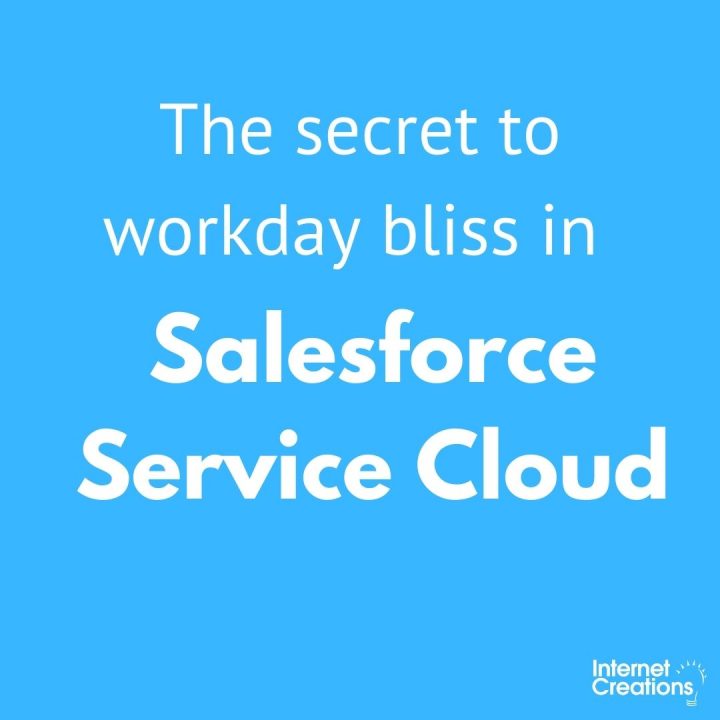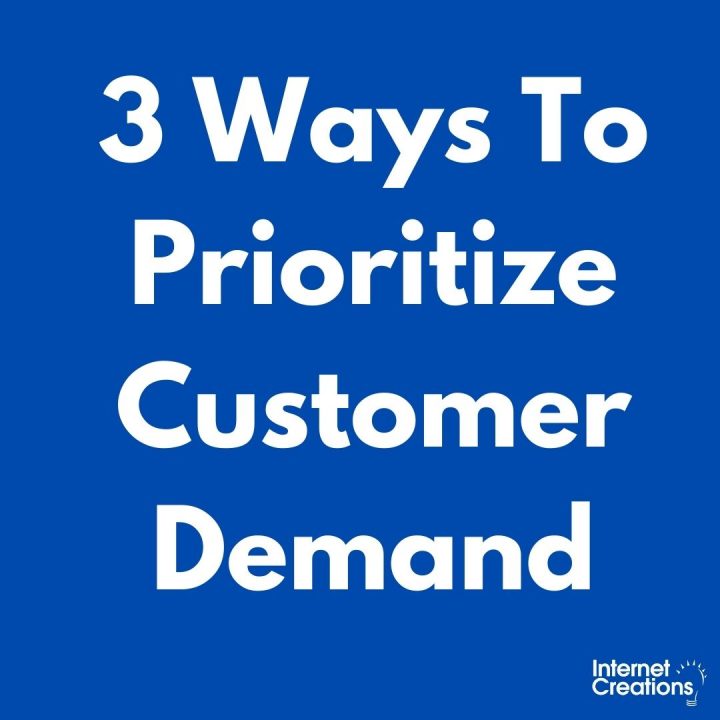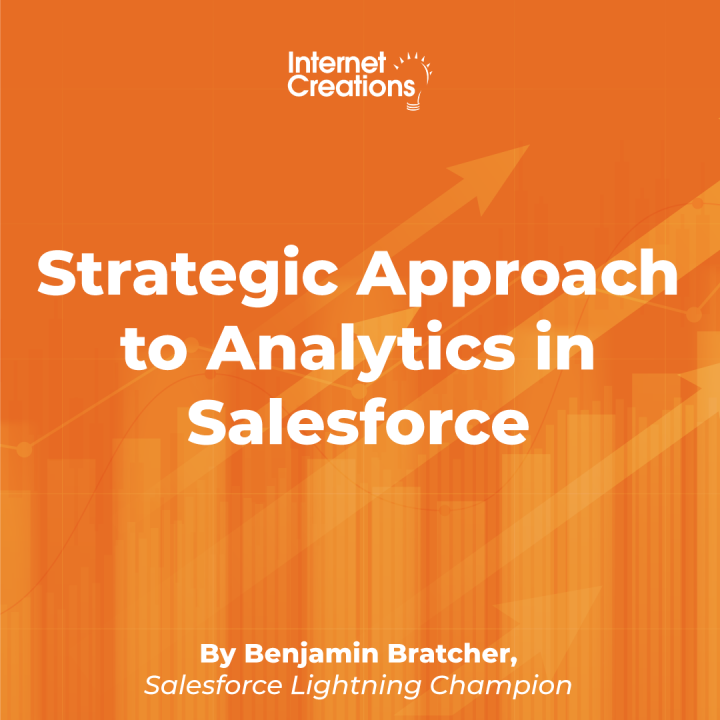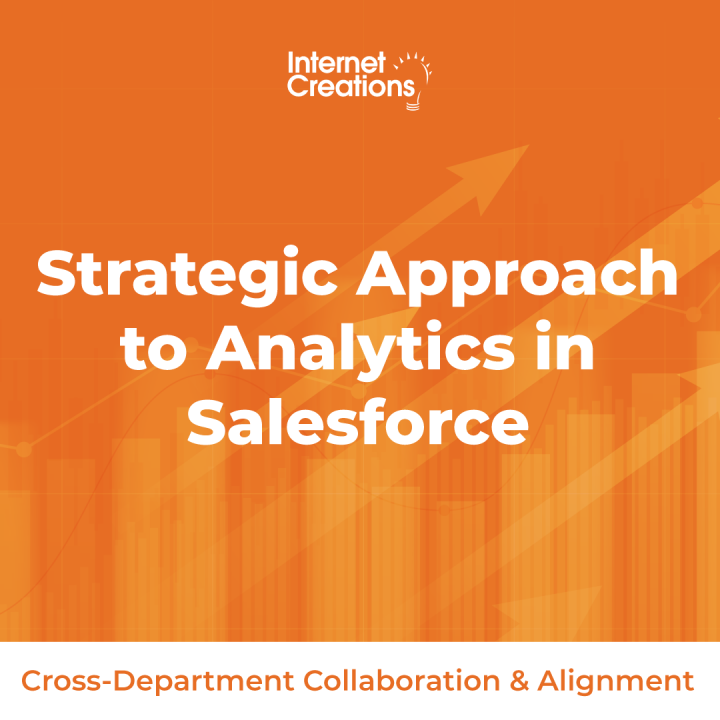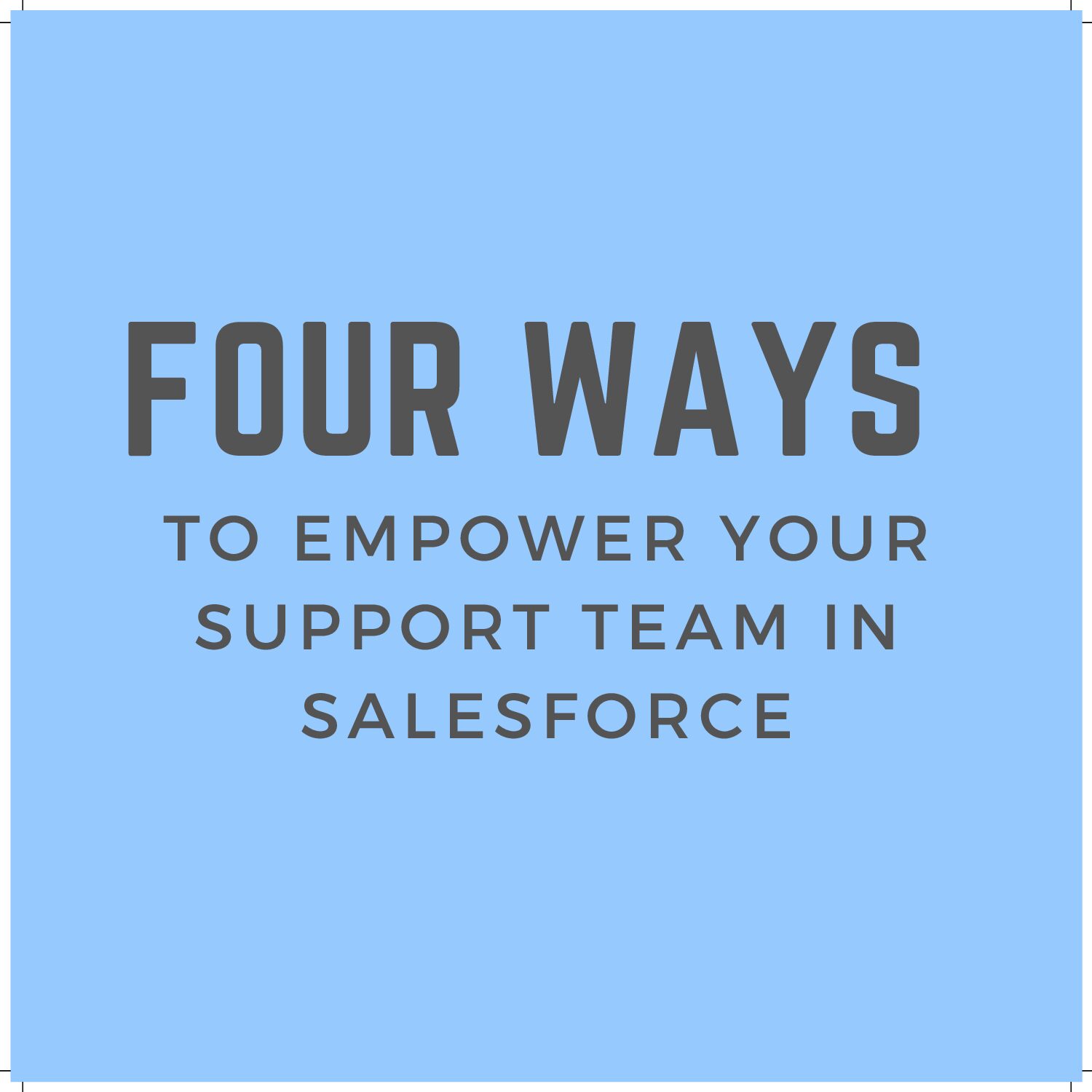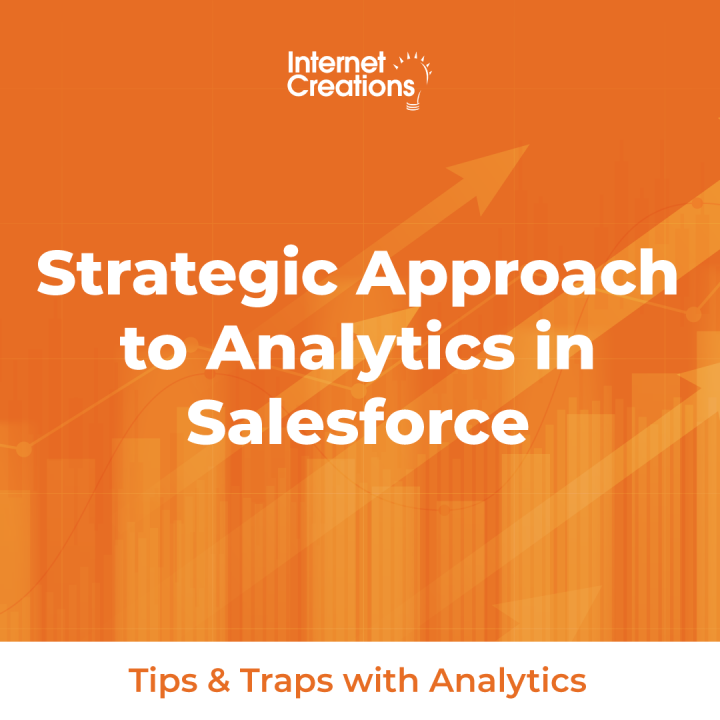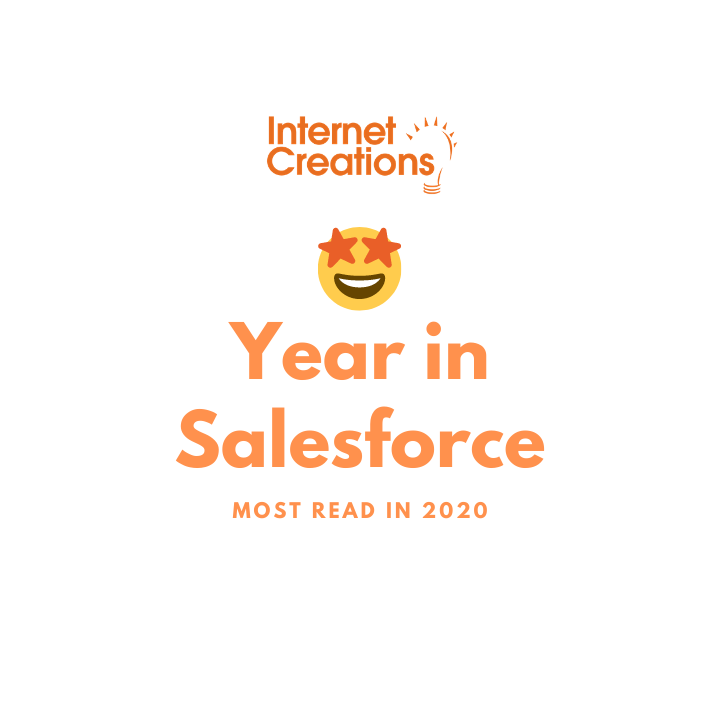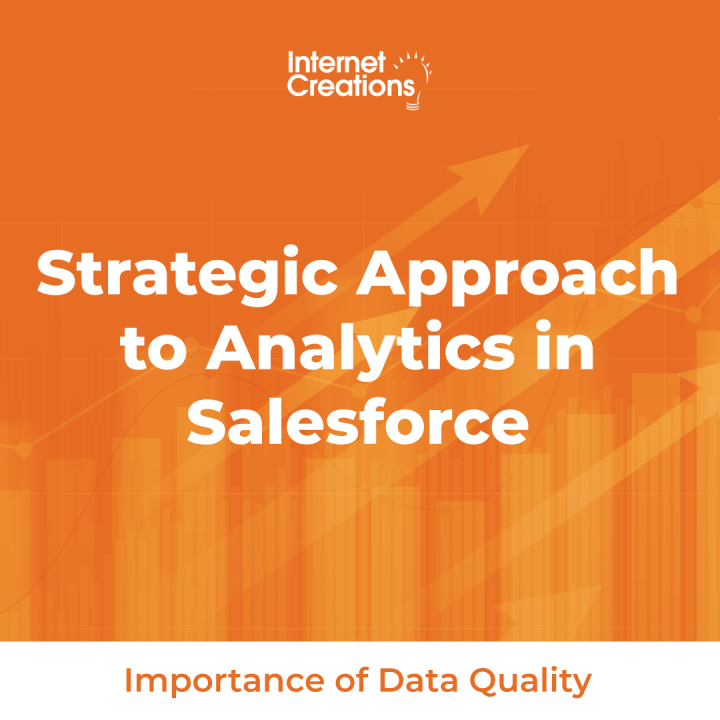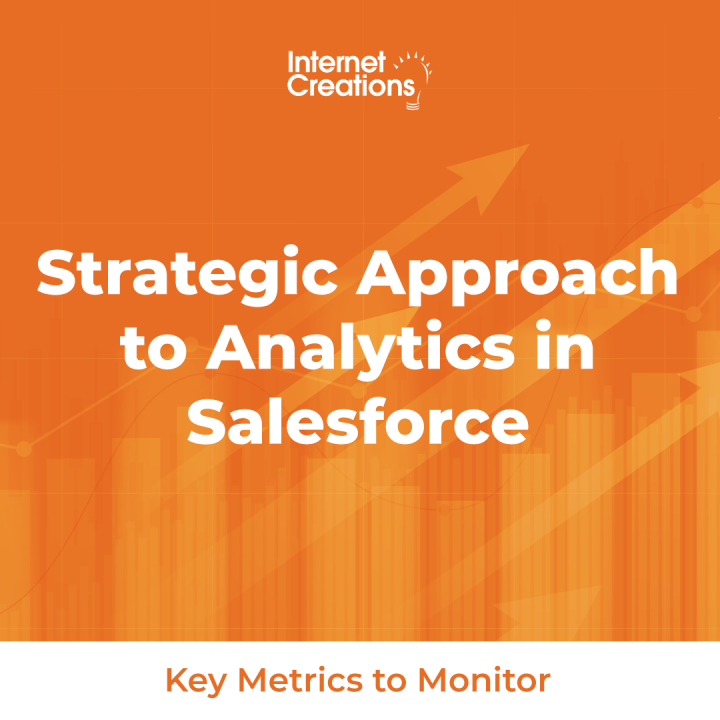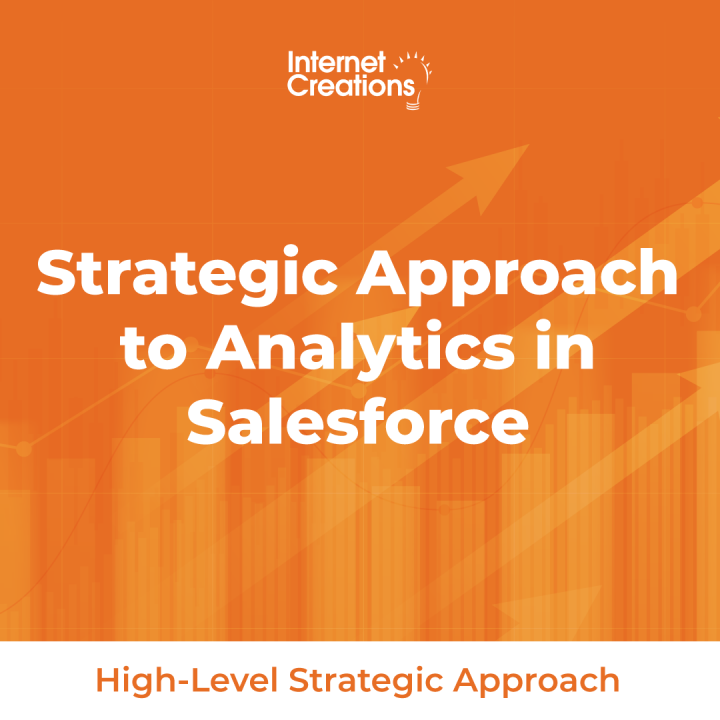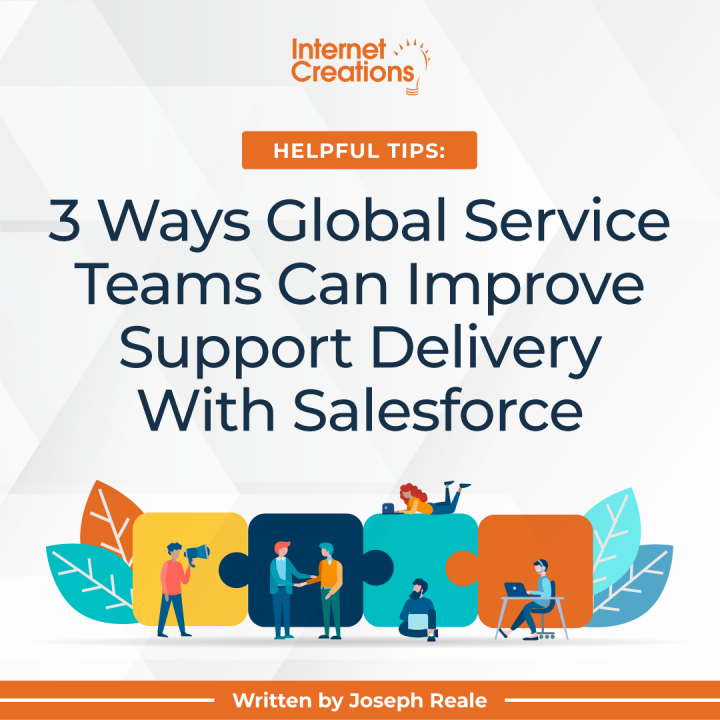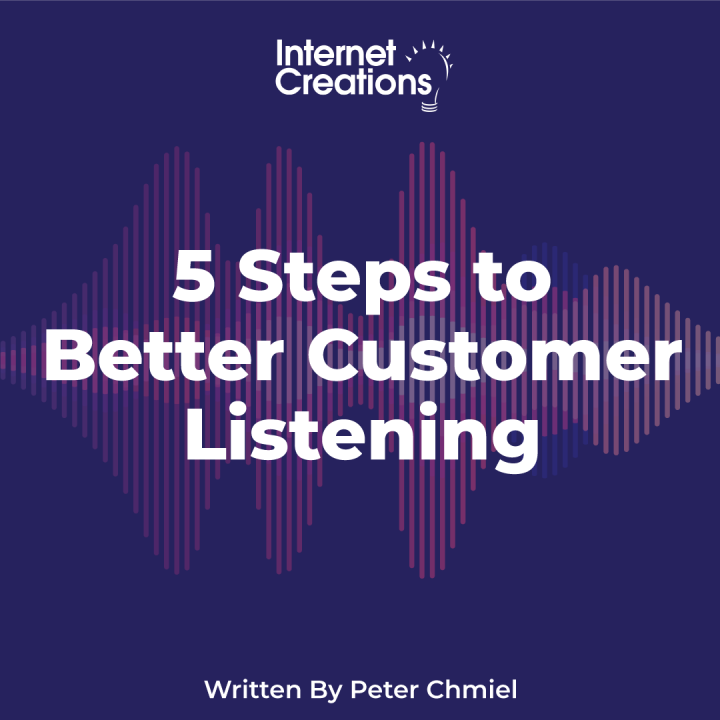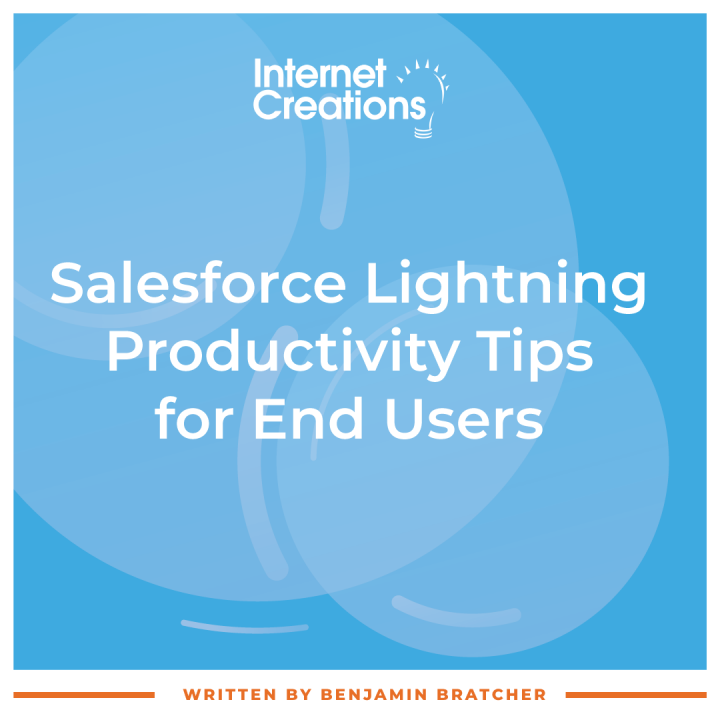May 6, 2021
We recently spent some time with Thaiis Pedroso, who offers insight from her time as a Senior Customer Support Specialist for Internet Creations, having worked thousands of cases for IC’s AppExchange products, and maintaining one of the highest survey averages in IC’s history.
March 15, 2021
Debug logs play an important role to get to the root cause of an issue. These are 5 key strategies I use to collect and debug logs, analyze them, and everything in between!
March 12, 2021
As agents face more and more anxious, demanding customers with complex cases, customer retention is a primary challenge for service teams worldwide. More than closing one case and handling the next, modern customer service must ensure all interactions highlight a brand’s empathy and personalization.
February 10, 2021
As we have learned from Internet Creations' leaders throughout this series of blog posts, a strategic approach to analytics in Salesforce is a crucial puzzle piece to an organization’s success. Making data-informed decisions, empowers you with confidence in your decision making and in the future path of your business. Let's reflect on the key takeaways from the six blog posts in the series.
February 2, 2021
Cross-departmental collaboration and alignment are critical to a business's success. Find out IC's leaders' strategies to promote these.
January 15, 2021
At Internet Creations, we explore the areas in Salesforce that need solutions beyond what the standard platform tools provide.
January 12, 2021
Hear from leaders at Internet Creations as they share Tips and Traps with Analytics in Salesforce that they have learned throughout their careers. Follow these best practices to set your organization up for success with a solid analytics strategy.
January 8, 2021
Learn from our team of experts in a collection of IC's top read posts of 2020 - covering the year’s latest Salesforce technical features, tips, and advice on how to create a simpler and more impactful service experience across your organization.
December 17, 2020
For better decision-making in your business, you need good data quality. Learn seven ways to fix or avoid bad data.
December 9, 2020
Find out the key metrics that IC's leadership monitors to keep track of the company's performance at the executive level and within each department.
November 24, 2020
Learn about the high-level strategic approach IC's leadership takes with analytics in Salesforce at the executive level and within each department.
November 10, 2020
Customer support, retention, and satisfaction has never been more critical for business success. The communication tools an agent uses can enable a greater positive impact and experience for the customer, while making high support volume more manageable for a support team.
October 23, 2020
Find out how companies that use Salesforce are addressing remote work challenges and a possible return to their physical locations during the pandemic and discover tips to get more out of Salesforce right now.
October 5, 2020
Are your customers happy? What do your customers want or need now? A global crisis like COVID-19 will continue to impact the way we work and live for years to come. If one of your goals is to continue to meet and exceed customer expectations, you should be asking these questions continually.
July 24, 2020
Check out these 15 Salesforce Lightning Productivity Tips for End Users to learn how to enhance your productivity using Salesforce Lightning in your day-to-day work.
July 8, 2020
The Lightning App Builder is one of the best features in Lightning because it gives Admins the power to configure the Salesforce UI using clicks, not code. Designing your Lightning Pages to fit your business users’ needs dramatically enhances their productivity.
